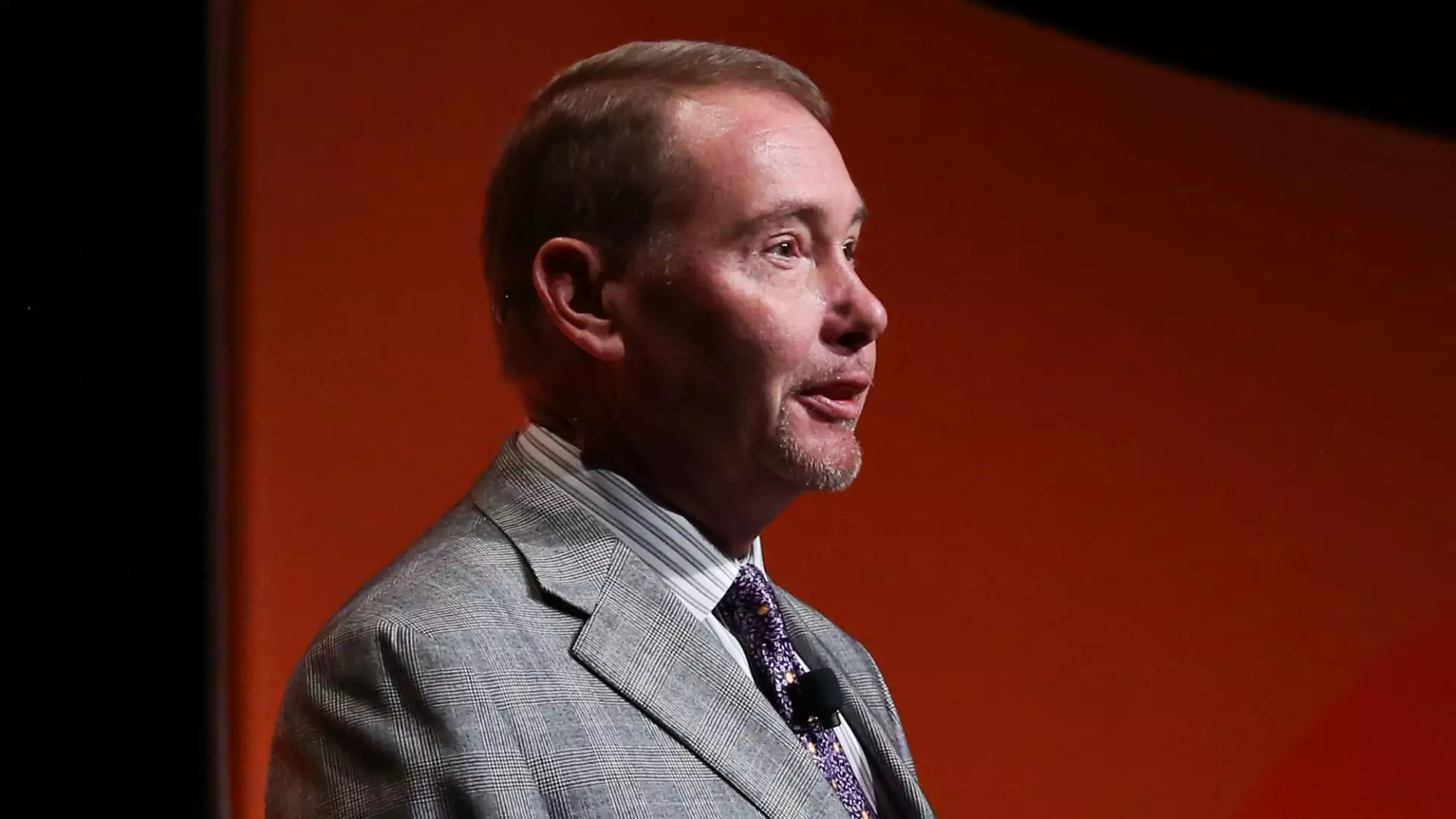In the landscape of economic policy, the Federal Reserve stands as a pivotal institution, influencing global markets and individual livelihoods alike. However, prominent figures in the investment community, such as Jeffrey Gundlach, CEO of DoubleLine Capital, express serious concerns over the Fed’s current approach. In a recent webcast, Gundlach painted a vivid picture of the Fed as “Mr. Magoo,” an animated character known for stumbling through life obliviously yet methodically. This analogy illustrates Gundlach’s perspective that the Fed is falling victim to short-term thinking, neglecting overarching economic trends that could dictate more effective monetary policy.
Ahead of the consumer price index (CPI) release, Gundlach’s comments underscored his apprehension regarding rising inflation trends. The CPI data revealed a 0.4% increase over the previous month, solidifying a year-over-year inflation rate of 2.9%. Although the core CPI figures—excluding volatile categories like food and energy—were slightly better than anticipated, they highlighted an ongoing challenge for the Fed in achieving its 2% inflation target. Gundlach indicates that the erratic monthly fluctuations in the CPI have made the central bank’s responses reactive, instead of being informed by a comprehensive economic strategy.
Gundlach’s critique extends to the Fed’s apparent surrender to market pressures, particularly as seen in recent rate adjustments. The Fed has slashed benchmark rates by a total of one percentage point since September, with particularly drastic measures in that month. December’s projections indicated a reduction in anticipated rate cuts for 2025, moving from an earlier look-in that suggested four cuts to a more conservative forecast of only two. This evolution reflects a broader uncertainty in monetary policy, as market predictions shift from aggressive rate cut expectations to a more tempered outlook.
The Market’s Reaction: An Indicator of Monetary Strategy
As the situation evolves, market dynamics signal that traders lean toward an understanding that the Fed may remain on hold during its upcoming meeting, with some adjusting their expectations to allow for two quarter-point rate cuts throughout the year. Gundlach’s observations indicate that the market’s perception has moderated significantly, aligning with a more cautious approach from the Fed. His assertion that “the market is not given further signals for a change” implies that stability has its merits but may also indicate a stagnation in forward-thinking policy adjustments.
Jeffrey Gundlach’s comments provide a window into the ongoing tensions between immediate economic data and long-term strategic vision. The Federal Reserve’s current tendency towards short-termism could detract from building a robust policy framework capable of addressing the complexities of the economy. As inflation continues to ebb and flow, the crucial question remains: will the Fed recalibrate its approach to better anticipate and respond to future trends, or will it remain ensnared in a cycle of reactive measures? The answer to this question carries significant implications for both markets and policymakers moving forward.

